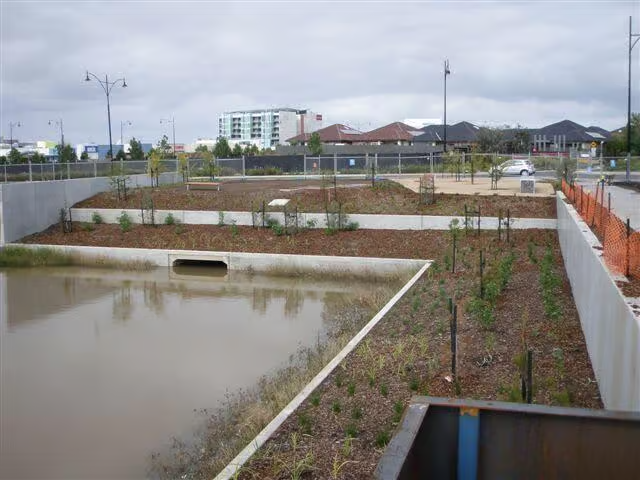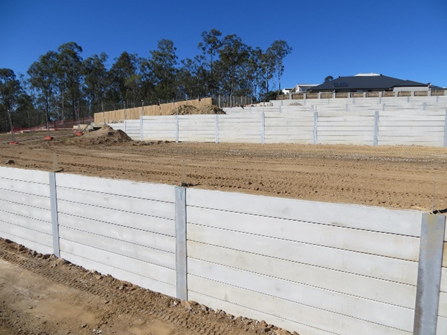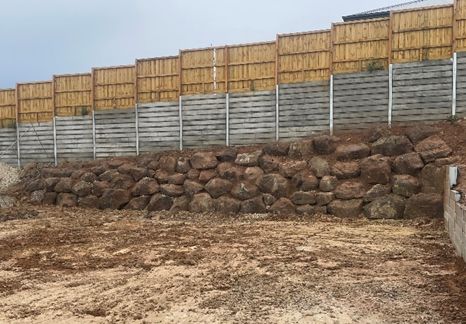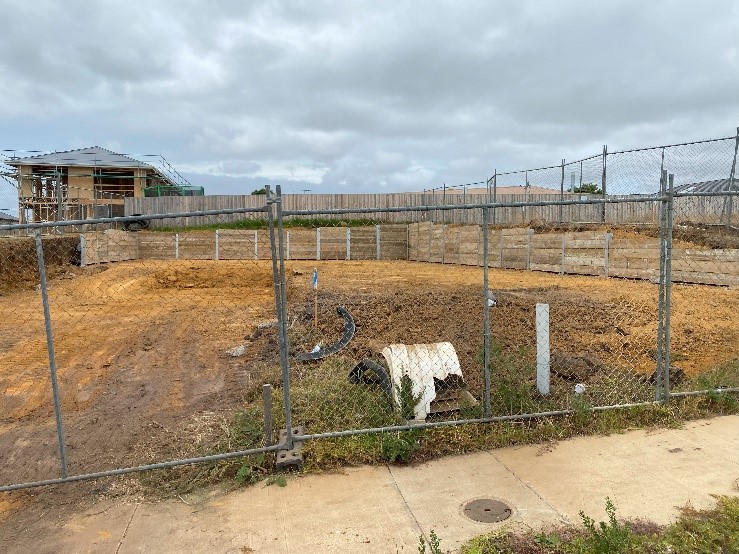Maintaining the Surroundings of Your Retaining Wall
Once you’ve installed your retaining wall and enhanced its surroundings with plants or artificial paths, it’s essential to keep the area clean and well-maintained. This not only ensures the longevity of your wall but also adds to the overall aesthetics of your outdoor space. Regular cleaning and maintenance can prevent unwanted growth of weeds, accumulation of dirt, and potential damage from external factors. While you’re focused on maintaining the exterior of your home, it’s equally important to delve into the deeper aspects of home cleaning. Maintain a regular cleaning schedule, understanding how often you should deep clean your home can provide insights into maintaining a pristine indoor environment. Just as a retaining wall adds value and beauty to your property, a thorough deep cleaning regimen ensures the interior of your home is as impeccable as the exterior.








